Product Name: Captive-Bred Leopard Tortoise Hatchling/Juvenile (Stigmochelys pardalis)
Status: Stunning & Popular, Yet a Significant Commitment
Description:
Introducing the magnificent Leopard Tortoise, a living work of art renowned for its breathtakingly intricate shell patterns. This captive-bred hatchling/juvenile boasts a highly domed carapace (shell) adorned with striking black or dark brown markings and spots on a rich cream or golden-yellow background – resembling the coat of its feline namesake. A truly iconic species, Leopard Tortoises are prized for their elegant appearance and engaging personalities, making them a dream species for many reptile enthusiasts.
Key Features & Appeal:
-
Unmatched Shell Beauty: Famous for their stunning, highly variable, and leopard-like patterns (especially vivid in young tortoises).
-
Manageable Giant: The 4th largest tortoise species, reaching 10-18 inches, making them substantial but often more manageable than Sulcatas for dedicated keepers.
-
Captive-Bred: Responsibly bred for health, temperament, and adaptability (documentation provided).
-
Active & Personable: Known for being more active and exploratory than some other tortoise species when properly housed.
-
Strict Herbivore: Thrives on a high-fiber, low-protein diet of grasses, weeds, and leafy greens.
The Responsible Commitment:
Owning a Leopard Tortoise is a rewarding but decades-long responsibility (60+ years!). They require specialized care and are not suitable for beginners. Please understand these critical requirements before welcoming one into your life:
-
Significant Space Needs: Hatchlings start small but grow quickly. Juveniles and adults require spacious, secure indoor enclosures and, crucially, access to a large, escape-proof, predator-proof outdoor enclosure for grazing and natural sunlight whenever weather permits.
-
Precise Environment:
-
Heat: Essential basking spot of 95-100°F with a warm side (80-90°F) and cooler retreat (70-75°F).
-
UVB Lighting: Critical, high-output UVB lighting is mandatory year-round for calcium absorption and shell/bone health (replace bulbs every 6-12 months).
-
Humidity: Moderate humidity (40-60%) is vital, especially for hatchlings, to prevent pyramiding. Soaking areas are beneficial.
-
-
Specialized Diet: Strict herbivores! Primary diet must be high-fiber grasses, grass hay (Timothy, Bermuda), leafy weeds (dandelion, plantain), and dark leafy greens. Avoid fruits, vegetables high in oxalates (spinach), and animal protein. Calcium supplementation is essential.
-
Expert Veterinary Care: Access to an exotic veterinarian experienced with tortoises is non-negotiable for check-ups and potential health issues throughout its long life.
-
Legal Compliance: Ensure ownership complies with all local, state/provincial, and international regulations (CITES Appendix II). Proof of captive breeding is required.
Who This Is For:
-
Intermediate to Advanced Reptile Keepers: With prior experience caring for tortoises or large lizards.
-
Dedicated Enthusiasts: Ready for a long-term commitment and willing to invest in proper housing and equipment.
-
Keepers with Suitable Climate/Access to Outdoor Space: Those who can provide safe, supervised outdoor time for natural sunlight and grazing.
Disclaimer:
Leopard Tortoises are captivating creatures but demand serious, informed care for their entire lifespan. Purchasing one signifies your understanding and commitment to providing the specialized environment, expansive space (indoor & outdoor), strict diet, UVB lighting, heat, humidity, and lifelong veterinary care they require. Thorough research is essential before purchase.
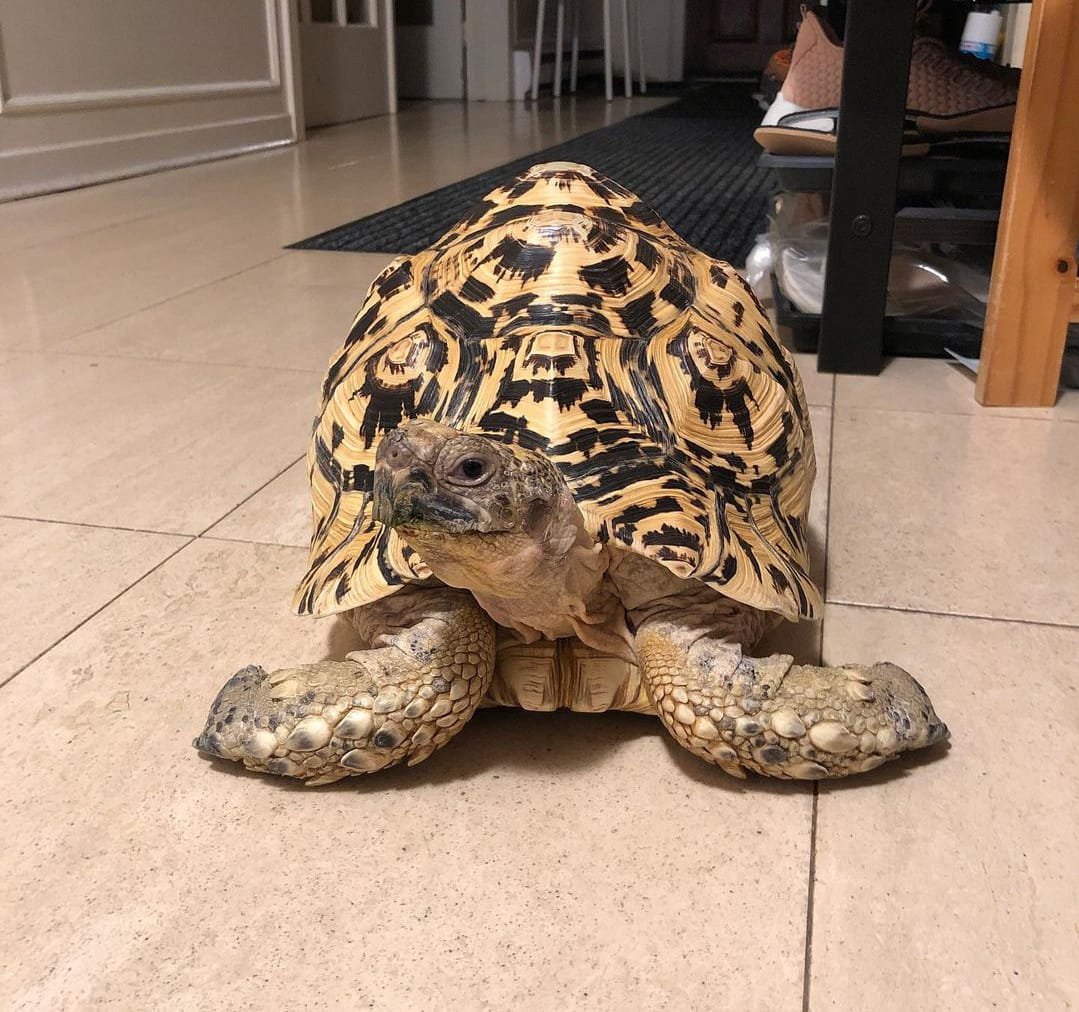
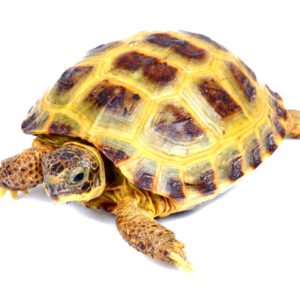
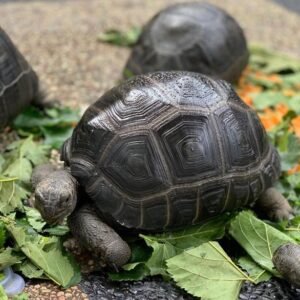
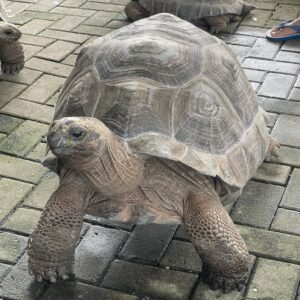
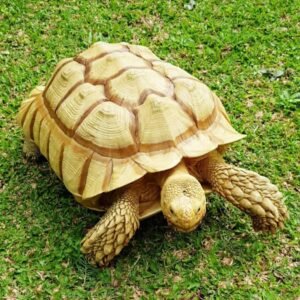
Reviews
There are no reviews yet.